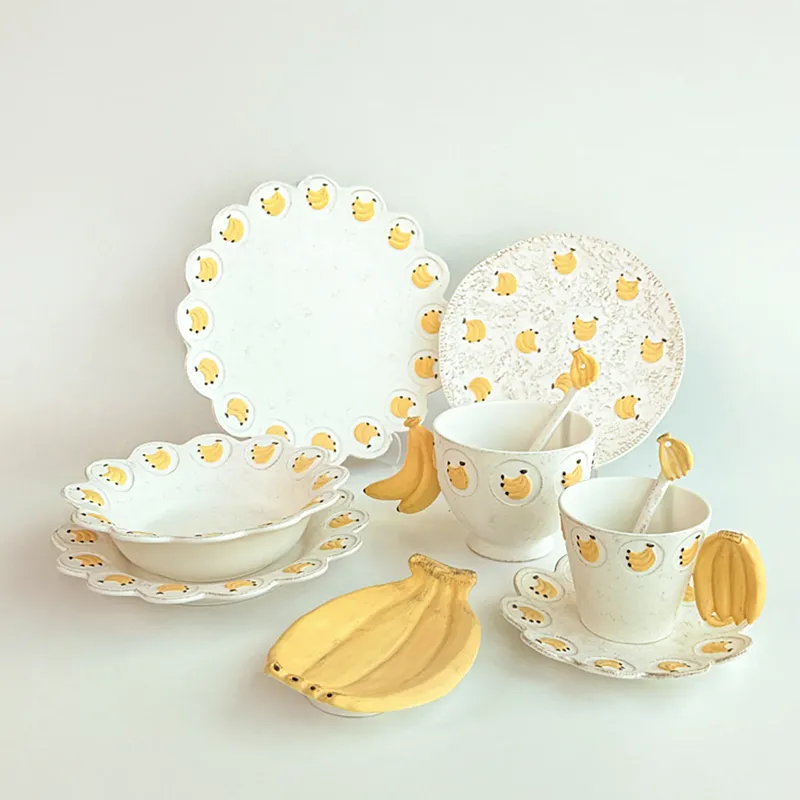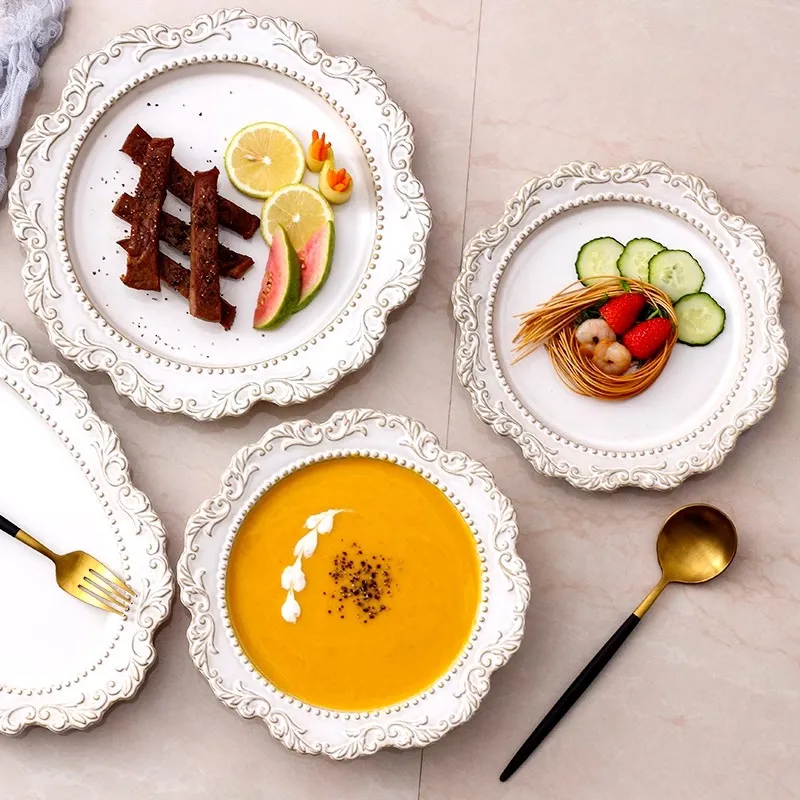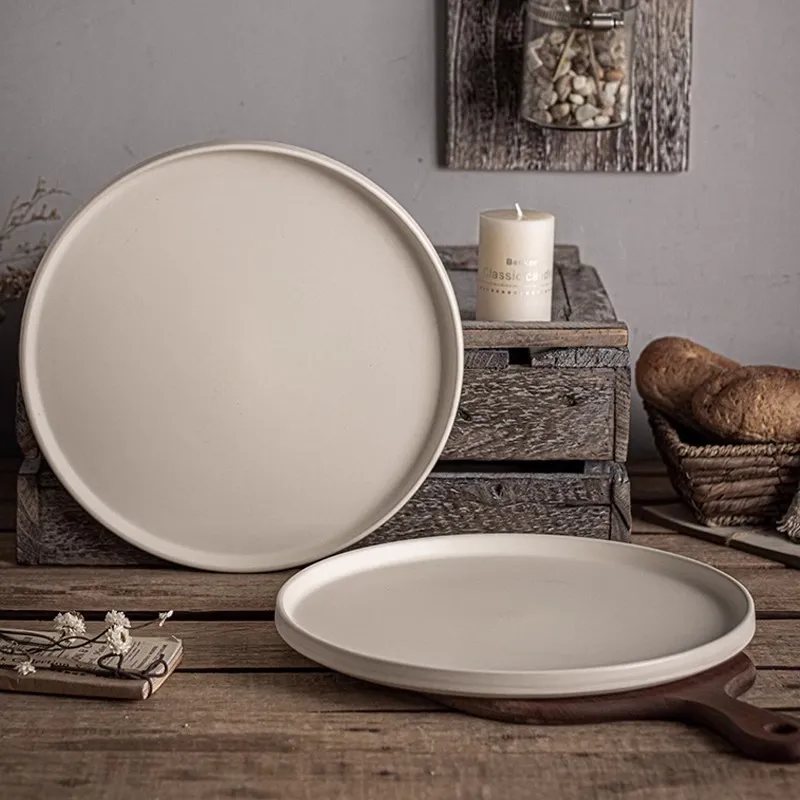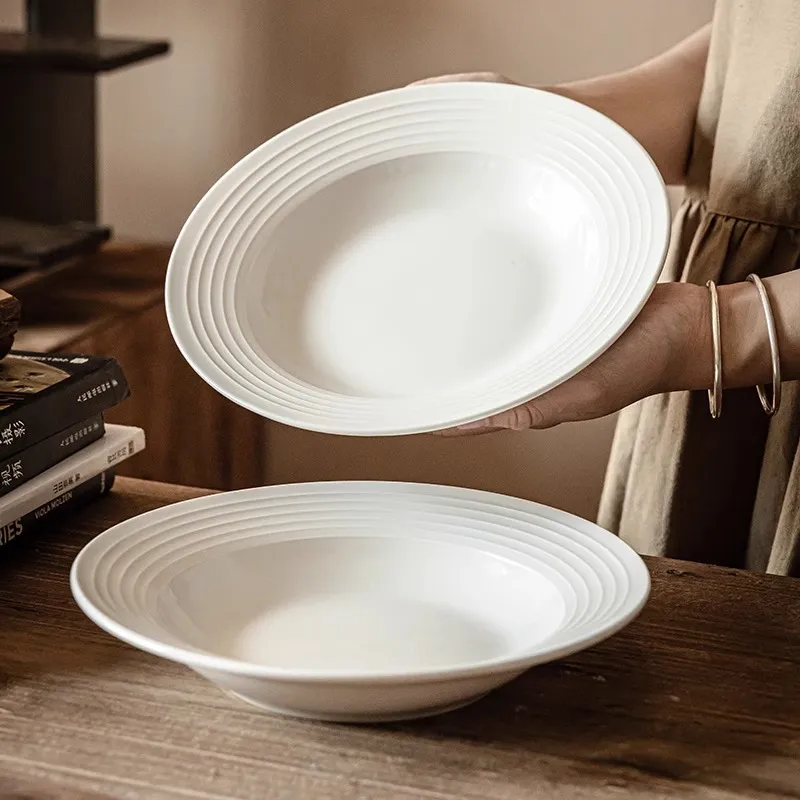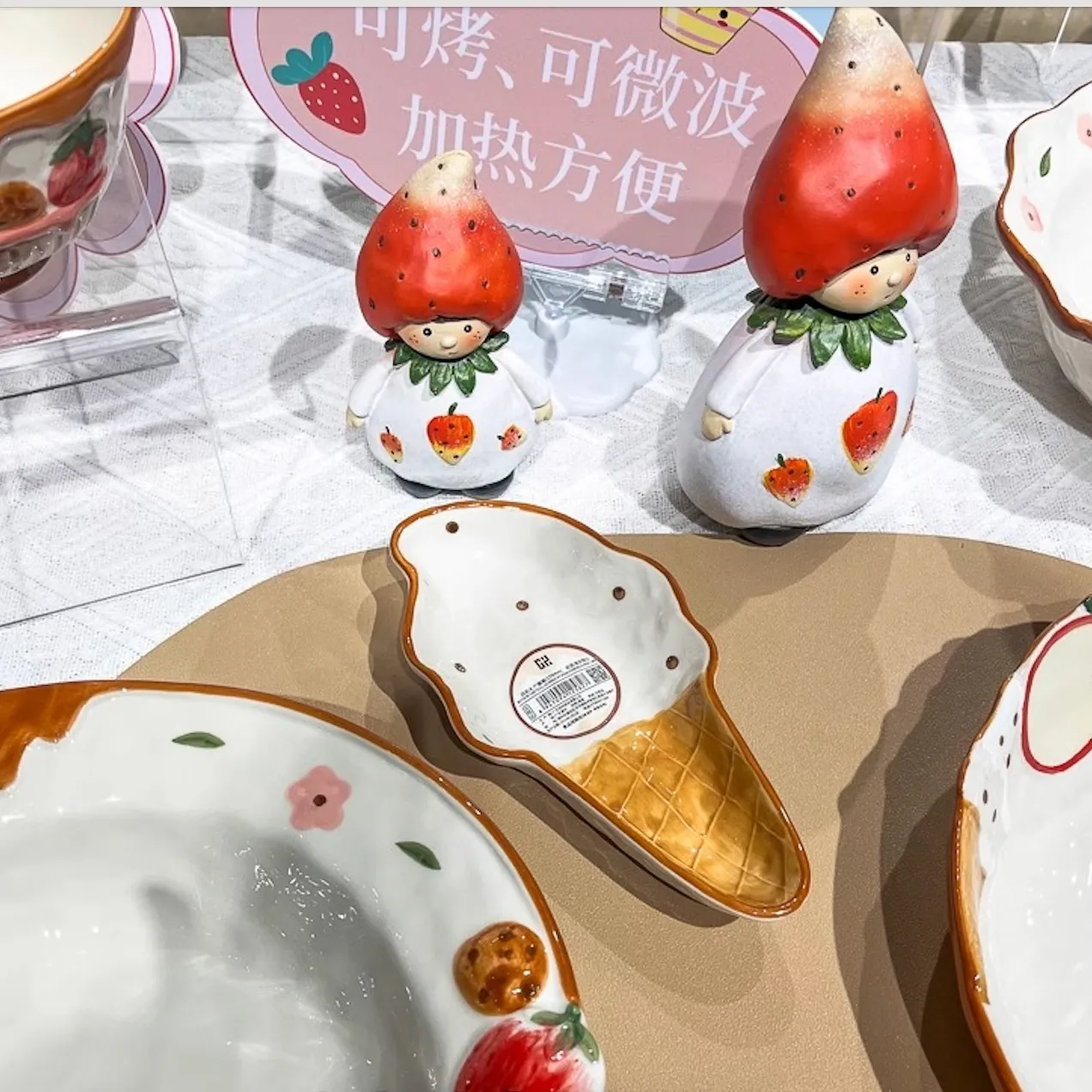“China” has two distinct meanings in English. It is used most frequently to refer to the nation, but it can also be used to refer to ceramic or porcelain dinnerware. But why would lovely porcelain, especially dinnerware, be named “China”? This innocuous name has a complex history to it that ties the ancient Chinese ceramics art with the rest of the world.
Let’s examine closely the fascinating history behind the name and how Chinese ceramics influenced world culture and language.
The History Behind Calling Dinnerware “China”
The association of “China” with porcelain and ceramic tableware has its origins in the history of ceramic production in the country, stretching thousands of years. China is where porcelain originated and was so desirable throughout Europe and the globe that it influenced the English language. So why “China”?
The Changnan Theory
One that is quite understandable is the link to Changnan, which was the ancient name of Jingdezhen located in Jiangxi Province, China, renowned for porcelain manufacture. Jingdezhen is a renowned location for the manufacture of ceramics for over a thousand years, with origins in the Han Dynasty. In the Tang Dynasty, Jingdezhen was renowned for producing high-quality porcelain that was highly regarded and shipped to the outermost ends of the globe. The European traders and merchants, having been impressed by the fine porcelain that was being made here, began to identify the name “Changnan” with the porcelain. Over time, “Changnan” became synonymous with the term “China” for good ceramics, and eventually for the nation itself.
The Persian Connection
Persian influence is also a theory provided. During medieval times, Persian traders began trading Chinese porcelain and referring to it as “chini.” When European traders came, they adopted the use of “chini” to refer to the ceramic products. The use of “chini” later became “China,” not only to refer to porcelain, but also to refer to the country of origin.
Sanskrit and Early Trade Routes
The term “Cina” referred to China in ancient writings, and it was via the impact of the Indian subcontinent that the term gained entry into Europe. The silk road was one of the early Indian-Chinese trade routes, which contributed to the spread of use of the term “Cina” and its attribution to Chinese commodities, including porcelain.
The Historical Development of Chinese Porcelain
China itself has been making ceramics for over 8,000 years. Through the centuries, the beautiful porcelain with which we associate the term “China” emerged and developed in its glory days during the Tang and Song Dynasties.
See the Contribution of Jingdezhen to Ceramic History
Jingdezhen, or China’s “Porcelain Capital,” led the way in Chinese ceramics. Under the Song Dynasty period (960-1279 AD), Jingdezhen porcelain art was already at its best, and their pieces were renowned across the globe. Porcelains, commonly draped with refined glazes and soft patterns, enticed lengthy demands from foreign merchants, especially from Europe. The porcelains of the region were said to be of the finest quality, and hence exported abroad in bulk quantities.
The Exportation of Chinese Ceramics to the West
Chinese ceramics goods began being exported to Europe in the Tang Dynasty via the Silk Road. The demand for Chinese porcelain grew exponentially in the Song Dynasty and European traders became exceedingly well habituated to such well-finished goods. Porcelain was also exported in the Ming and Qing Dynasties, where China held the position of the world’s foremost producer of porcelain.
The Chinese ceramics influence was at its highest level during the 17th century when porcelain was a costly commodity to which most European aristocrats were desperate. “China” was synonymous with quality porcelain since such wares were known as “chinaware” prior to its abbreviation to “china.”
The Influence of Chinese Porcelain on European Culture
Chinese porcelain deeply influenced European culture. In the 17th century, Chinese porcelain was a symbol of sophistication and wealth. Kings, queens, and nobles adorned their palaces with exquisite Chinese porcelain, and Chinese porcelain styles soon began affecting European ceramic production. This is most notably seen in the blue-and-white porcelain style that became iconic in Europe and Asia.
Pressure to keep pace with Chinese porcelain encouraged European countries to establish porcelain factories, such as the Meissen factory in Germany, which opened for the production of porcelain at the beginning of the early 18th century. The refinement of Chinese porcelain, particularly the blue-and-white motifs, was equaled and spread by European artists and craftsmen to ensure China retained its heritage of ceramics in world cultures.
“China” Both the Country and Porcelain
Remarkably, the word “China” first began as a reference to the country itself. Over time, however, it came to refer only to the china that was exported from China. Double meaning of this word is a sign of China’s central role in the history of ceramic production, both in the country and globally.
The modern usage “china” (lowercase “c”) is used primarily to refer to the porcelain table setting and decoration made from high-grade ceramics. The capitalized “China” marks the country of origin, which by coincidence is also the country of origin for porcelain.
Conclusion: The World Legacy of “China” as Dinnerware
The history of the word “China” from an initially geographical usage to a synonym for beautiful porcelain illustrates a fascinating tale of cross-cultural borrowing. From old China to its global popularity, Chinese porcelain entered the richly established culture and language of Europe. We now think of “china” for dinner plates as not just the epitome of Chinese ceramic master workmanship but also as witness to a proven tradition that has survived the rigors of centuries.
At Yicheng Ceramics, we aim to uphold that rich history of porcelain production, providing high-quality china dinnerware with its finest possible look in ceramic art.
Yicheng Ceramics: Your Reliable Source for Quality China Dinnerware
At Yicheng Ceramics, we strive to manufacture fine ceramic dinnerware that bridges centuries of heritage and contemporary design. If you need custom-made dinnerware for your restaurant establishment or wholesale ceramics for resale, we have different options to cater to your needs.
Our commitment to quality ensures that each piece of china we produce is of the utmost durability and design quality. From delicate dinner plates to fashionably designed serving plates, Yicheng Ceramics creates items to suit each eating occasion.
Why Yicheng Ceramics?
- Expert Craftsmanship: Our artisans are carefully trained in the conventional ceramic techniques, ensuring each item is crafted to perfection.
- Custom Designs: We offer customized services to meet your specific design needs.
- Wholesale Services: We offer bulk purchase services for businesses at reasonable prices and fast delivery.
For stylish china dinnerware of high quality that exudes elegance and class, count on Yicheng Ceramics to supply traditional porcelain products for unique occasions.


